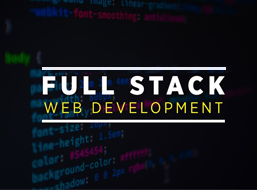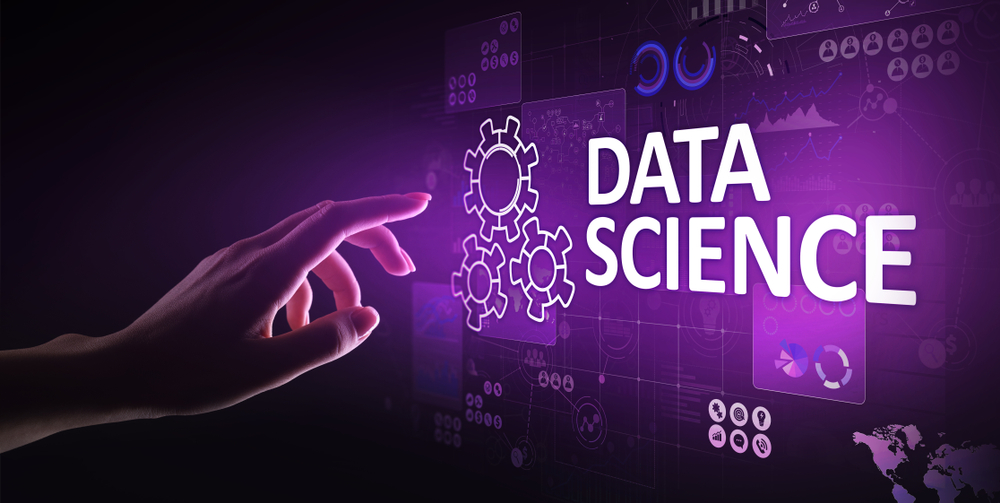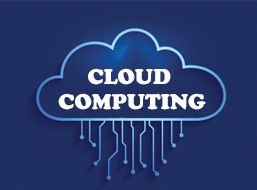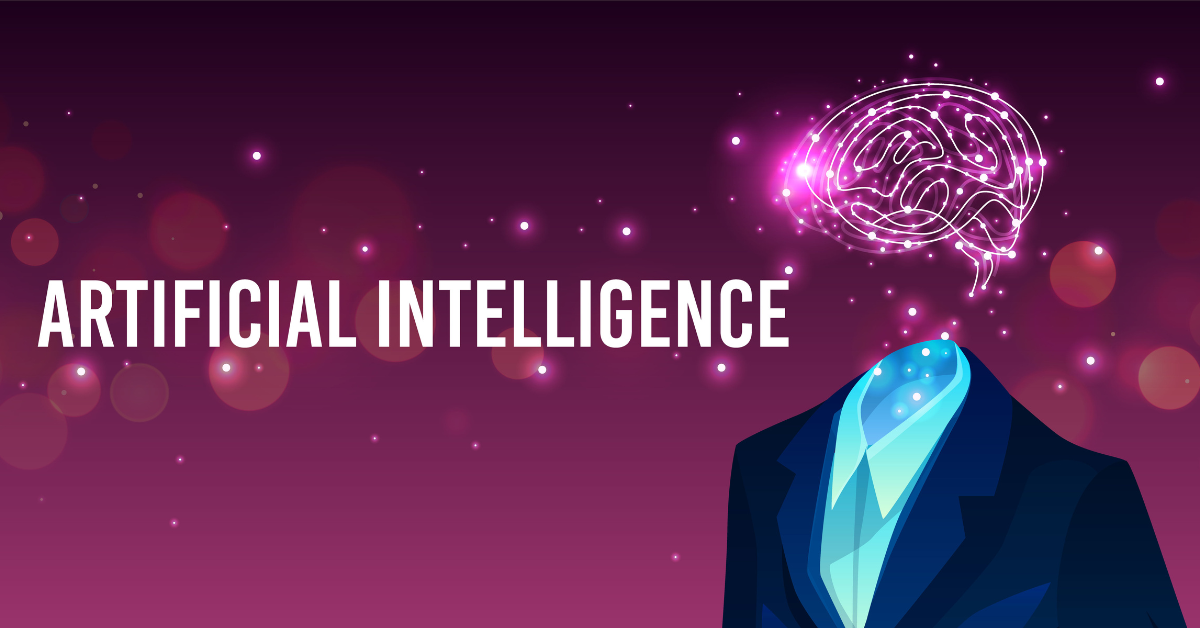Top AI Interview Questions and Answers
1.What is Artificial Intelligence (AI)?
AI refers to the simulation of human intelligence in machines that are programmed to think, learn, and make decisions. AI systems are designed to perform tasks like speech recognition, decision-making, problem-solving, and language translation.
2. What are the Different Types of AI?
- Narrow AI (Weak AI): Performs specific tasks (e.g., Alexa, Siri).
- General AI (Strong AI): Performs any intellectual task like a human.
- Superintelligent AI: Surpasses human intelligence and capabilities.
3. What is Machine Learning?
Machine Learning (ML) is a subset of AI where algorithms allow systems to learn from data without explicit programming. Examples include recommendation engines and fraud detection systems.
4. What is the Difference Between AI, ML, and Deep Learning?
- AI: Simulates human intelligence.
- ML: Enables systems to learn from data.
- Deep Learning: A subset of ML using neural networks for complex tasks.
5. What is Natural Language Processing (NLP)?
NLP is a branch of AI that enables machines to understand, interpret, and respond to human languages. Applications include chatbots, language translators, and sentiment analysis.
6. What is a Neural Network?
A neural network is a computational model inspired by the human brain, consisting of layers of interconnected nodes (neurons) that process information and identify patterns.
7. What is the Turing Test?
Proposed by Alan Turing, it evaluates whether a machine can exhibit intelligent behavior indistinguishable from a human during a conversation.
8. What is Reinforcement Learning?
Reinforcement Learning (RL) is an area of ML where agents learn by performing actions and receiving rewards or penalties based on their performance.
9. What are the Advantages of AI?
- Increased efficiency and productivity
- 24/7 availability
- Reduced human error
- Improved decision-making
10. What is a Chatbot?
A chatbot is an AI-based application that interacts with users in natural language via text or voice, commonly used for customer support.
11. What is Deep Learning?
Deep Learning is an ML technique that uses artificial neural networks with many layers to analyze and interpret complex data.
12. What is the Difference Between Supervised and Unsupervised Learning?
- Supervised Learning: Labeled dataset for training (e.g., email spam detection).
- Unsupervised Learning: Unlabeled dataset (e.g., customer segmentation).
13. What are Some Popular AI Frameworks?
- TensorFlow
- PyTorch
- Keras
- Scikit-learn
14. What is Computer Vision?
Computer Vision enables machines to interpret and analyze visual information from the world, such as recognizing objects in an image.
15. What are AI Ethics?
AI ethics focus on ensuring AI systems are fair, transparent, and unbiased, while addressing privacy and security concerns.
16. What is Transfer Learning?
Transfer learning involves using a pre-trained AI model and fine-tuning it for a new task, saving training time and resources.
17. What is an Expert System?
An expert system is an AI program that emulates decision-making abilities of a human expert in a specific domain.
18. What is an AI Agent?
An AI agent perceives its environment, makes decisions, and takes actions to achieve specific goals (e.g., self-driving car AI).
19. What are Generative AI Models?
Generative AI models create new data instances, such as text, images, or videos, using algorithms like GANs and GPT models.
20. What is the Difference Between AI and Automation?
- AI: Makes decisions based on data.
- Automation: Follows pre-defined rules and workflows.
21. What is an Algorithm in AI?
An AI algorithm is a set of rules or instructions that guide a machine to solve a problem or make a decision.
22. What are AI Biases?
AI biases occur when algorithms produce unfair or prejudiced results due to biased training data or design flaws.
23. What is Feature Engineering?
Feature engineering involves selecting, modifying, or creating relevant features from raw data to improve model accuracy.
24. What is the Role of Data in AI?
Data is the foundation of AI systems, enabling them to learn patterns, make predictions, and improve decision-making.
25. What is Explainable AI (XAI)?
XAI focuses on making AI model decisions transparent, interpretable, and understandable for humans.
26. What is a GAN (Generative Adversarial Network)?
A GAN consists of two neural networks—a generator and a discriminator—that compete to produce realistic synthetic data.
27. What is a Decision Tree in AI?
A decision tree is a supervised learning algorithm used for classification and regression by splitting data into branches.
28. What is Bias-Variance Tradeoff?
It refers to balancing underfitting (bias) and overfitting (variance) in machine learning models.
29. What is Backpropagation?
Backpropagation is an algorithm used in training neural networks by minimizing error through iterative weight adjustments.
30. What are Some Real-World AI Applications?
- Healthcare diagnostics
- Autonomous vehicles
- Fraud detection
- Virtual assistants
31. What is Overfitting in Machine Learning?
Overfitting occurs when a machine learning model learns the training data too well, capturing noise and outliers, leading to poor performance on unseen data.
32. What is Underfitting?
Underfitting happens when a model is too simple to capture the underlying patterns in the data, resulting in low accuracy on both training and test datasets.
33. What is the Difference Between Regression and Classification?
- Regression: Predicts continuous numerical values (e.g., house prices).
- Classification: Predicts discrete categories (e.g., spam or non-spam emails).
34. What is Dimensionality Reduction?
Dimensionality reduction reduces the number of features in a dataset while preserving essential information (e.g., PCA).
35. What is a Confusion Matrix?
A confusion matrix is a table used to evaluate the performance of a classification algorithm, showing true positives, false positives, true negatives, and false negatives.
36. What is Hyperparameter Tuning?
Hyperparameter tuning optimizes model parameters (e.g., learning rate, batch size) to improve model performance.
37. What is the Difference Between AI and Data Science?
- AI: Focuses on building systems that simulate human intelligence.
- Data Science: Focuses on extracting insights from data using statistics and analysis.
38. What is Semi-Supervised Learning?
Semi-supervised learning uses a small labeled dataset and a large unlabeled dataset for training, combining supervised and unsupervised approaches.
39. What is a Recurrent Neural Network (RNN)?
RNNs are neural networks used for sequential data like time series and text, with feedback loops to remember past data.
40. What is the Difference Between CNN and RNN?
- CNN (Convolutional Neural Network): Used for image and video processing.
- RNN (Recurrent Neural Network): Used for sequential data like text and time series.
41. What is Tokenization in NLP?
Tokenization is the process of splitting text into smaller units (tokens), such as words or phrases, for analysis.
42. What is Sentiment Analysis?
Sentiment analysis uses NLP to determine whether text expresses positive, negative, or neutral emotions.
43. What is a Pre-trained Model?
A pre-trained model is an AI model trained on a large dataset, which can be fine-tuned for specific tasks (e.g., BERT, GPT).
44. What is Ensemble Learning?
Ensemble learning combines multiple models to improve accuracy and reduce errors (e.g., Random Forest, Gradient Boosting).
45. What are AI Chatbots?
AI chatbots use NLP and ML to simulate human conversations and provide automated responses.
46. What is Zero-shot Learning?
Zero-shot learning allows AI systems to recognize objects or concepts they haven’t explicitly been trained on.
47. What is Few-shot Learning?
Few-shot learning enables AI models to learn and perform tasks with very few training examples.
48. What is the Role of Big Data in AI?
Big Data provides vast amounts of information that AI systems need for training, pattern recognition, and decision-making.
49. What is Explainable AI (XAI)?
Explainable AI aims to make AI systems’ decisions transparent and interpretable to human users.
50. What is Edge AI?
Edge AI processes data on local devices (e.g., smartphones, IoT devices) rather than relying on cloud servers.
51. What are AI’s Limitations?
- Data dependency
- High computational costs
- Ethical concerns
- Limited creativity
52. What is Bias in Machine Learning Models?
Bias occurs when AI models produce skewed results due to incomplete or unrepresentative training data.
53. What is Data Preprocessing?
Data preprocessing involves cleaning, normalizing, and transforming raw data into a usable format for AI models.
54. What is Data Augmentation?
Data augmentation artificially increases the size of the training dataset by creating modified versions of data samples.
55. What is the Role of GPUs in AI?
GPUs (Graphics Processing Units) accelerate deep learning model training by performing parallel computations.
56. What are Activation Functions?
Activation functions introduce non-linearity in neural networks, allowing them to model complex relationships. Examples include ReLU and Sigmoid.
57. What is Gradient Descent?
Gradient descent is an optimization algorithm used to minimize the loss function in machine learning models.
58. What is Overfitting vs. Underfitting?
- Overfitting: The model fits the training data too well but fails on new data.
- Underfitting: The model cannot capture the patterns in the training data.
59. What is Transfer Learning?
Transfer learning applies knowledge from one task to another, often using pre-trained models as a starting point.
60. What is Data Labeling?
Data labeling involves annotating raw data with meaningful labels for supervised learning tasks.
60. What are Common AI Algorithms?
- Decision Trees
- Support Vector Machines (SVM)
- K-Nearest Neighbors (KNN)
- Naive Bayes
61. What is a Loss Function?
A loss function measures the difference between predicted output and actual output in machine learning models.
62. What is a Perceptron?
A perceptron is the simplest type of artificial neural network, primarily used for binary classification tasks.
63. What is a Data Pipeline in AI?
A data pipeline automates data collection, transformation, and feeding into AI models for analysis.
64. What is an API in AI?
APIs (Application Programming Interfaces) enable AI models to interact with software applications or other models.
65. What is Model Drift?
Model drift occurs when an AI model's performance degrades over time due to changes in data patterns.
66. What is Sentiment Analysis?
Sentiment analysis determines the emotional tone behind a body of text using NLP techniques.
67. What is Explainability in AI?
Explainability ensures that AI decisions are transparent, understandable, and justifiable to humans.
68. What are the Challenges in AI Implementation?
- Data privacy
- Ethical issues
- Lack of skilled professionals
69. What is the Future of AI?
The future of AI includes advancements in areas such as AGI, healthcare, autonomous vehicles, and personalized AI assistants.
70. What is Cross-Validation in AI?
Cross-validation is a technique used to evaluate the performance of a machine learning model by splitting the dataset into training and testing subsets multiple times. It helps prevent overfitting and ensures the model generalizes well to unseen data.
71. What is Backpropagation in Neural Networks?
Backpropagation is an algorithm used to train neural networks by adjusting weights based on the error rate (loss). It minimizes the difference between predicted and actual outputs using gradient descent.
72. What is an Autoencoder?
An autoencoder is a type of neural network used to learn efficient data representations, typically for dimensionality reduction or anomaly detection. It consists of an encoder and a decoder.
73. What is the Difference Between Parametric and Non-Parametric Models?
- Parametric Models: Assume a fixed number of parameters (e.g., Linear Regression).
- Non-Parametric Models: Do not assume a fixed structure and can grow with data (e.g., Decision Trees).
74. What is a Hyperparameter in Machine Learning?
Hyperparameters are configuration settings defined before the learning process begins (e.g., learning rate, number of hidden layers). They are tuned to optimize model performance.
75. What is Overfitting and How to Prevent It?
Overfitting happens when a model performs well on training data but poorly on unseen data. Techniques to prevent it include regularization, cross-validation, and dropout.
76. What is Reinforcement Learning in AI?
Reinforcement learning involves training agents to take actions in an environment to maximize cumulative rewards through trial and error.
77. What is the Difference Between Rule-Based AI and Machine Learning?
- Rule-Based AI: Follows explicitly programmed rules.
- Machine Learning: Learns patterns from data without explicit rules.
78. What is a ROC Curve?
The ROC (Receiver Operating Characteristic) curve evaluates a classification model's performance by plotting the true positive rate against the false positive rate.
79. What are Common AI Evaluation Metrics?
- Accuracy
- Precision
- Recall
- F1 Score
80. What is Model Evaluation in AI?
Model evaluation assesses the performance of an AI model using metrics like accuracy, precision, and recall, often using a test dataset.
81. What is a Confusion Matrix Used For?
A confusion matrix visualizes the performance of a classification algorithm by showing the counts of true positives, false positives, true negatives, and false negatives.
82. What is Natural Language Understanding (NLU)?
NLU is a subset of NLP focused on enabling machines to understand the intent and context of human language.
83. What is Natural Language Generation (NLG)?
NLG is the process by which AI generates human-like text or speech from structured data.
84. What is a Transformer Model in NLP?
Transformer models, such as BERT and GPT, are deep learning architectures designed to process sequential data with attention mechanisms for improved language understanding.
85. What is Tokenization in NLP?
Tokenization breaks text into smaller units (tokens) such as words or subwords, which are then processed by AI models.
86. What are Gradient Vanishing and Gradient Exploding Problems?
- Vanishing Gradient: Gradients become too small, slowing down learning in deep networks.
- Exploding Gradient: Gradients grow too large, causing unstable training.
87. What is Computer Vision in AI?
Computer Vision allows machines to interpret and understand visual data from the world, such as recognizing objects or faces in images.
88. What is a Siamese Neural Network?
A Siamese Neural Network uses two identical subnetworks to compare and process two input samples, often used in tasks like face recognition.
89. What is the Curse of Dimensionality?
The curse of dimensionality occurs when high-dimensional data negatively affects the performance of machine learning models.
90. What is Pruning in Decision Trees?
Pruning reduces the size of decision trees by removing branches with little importance, preventing overfitting.
91. What is Bagging and Boosting?
- Bagging: Reduces variance by combining multiple weak models (e.g., Random Forest).
- Boosting: Sequentially improves weak models to reduce bias (e.g., AdaBoost).
92. What is K-Means Clustering?
K-Means is an unsupervised learning algorithm that groups data points into clusters based on similarity.
93. What is the Difference Between Static and Dynamic AI Models?
- Static Models: Trained once and used for predictions without updates.
- Dynamic Models: Continuously retrained with new data.
94. What is a Recommender System?
Recommender systems use AI to suggest products, content, or services to users based on past behavior or preferences.
95. What is Knowledge Representation in AI?
Knowledge representation involves storing information about the world in a way that a machine can understand and use to make decisions.
96. What is the Role of AI in Cybersecurity?
AI enhances cybersecurity by detecting anomalies, preventing cyber threats, and automating threat response.
97. What is Federated Learning?
Federated learning allows AI models to train on decentralized data across devices without sharing sensitive information.
98. What is AI Model Interpretability?
AI model interpretability refers to understanding how an AI model makes decisions and why it produces specific outcomes.
99. What is the Role of AI in Industry 4.0?
AI drives Industry 4.0 by enabling smart manufacturing, predictive maintenance, robotics, and data-driven decision-making.




